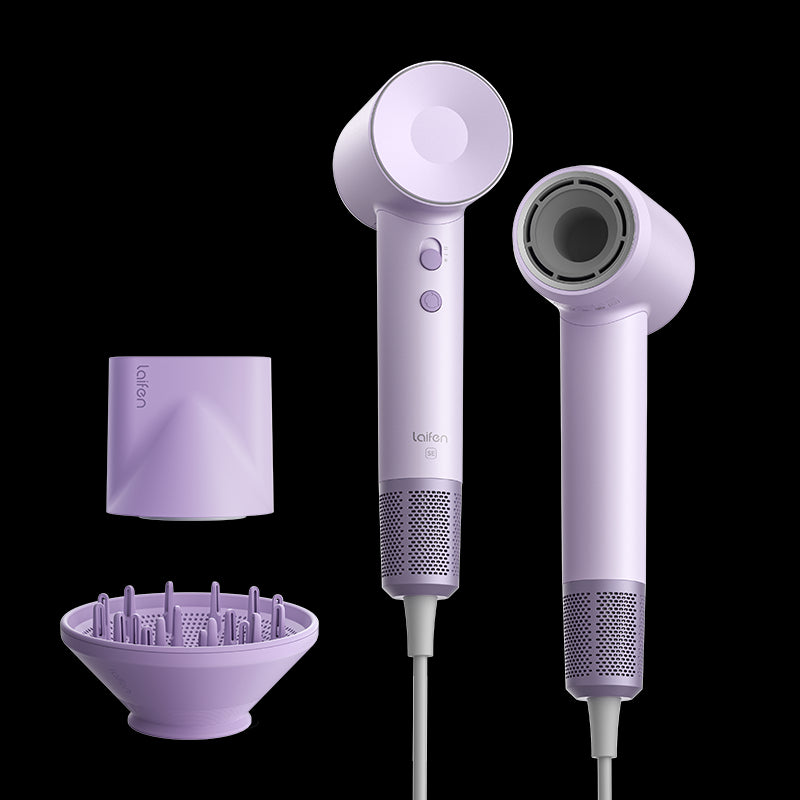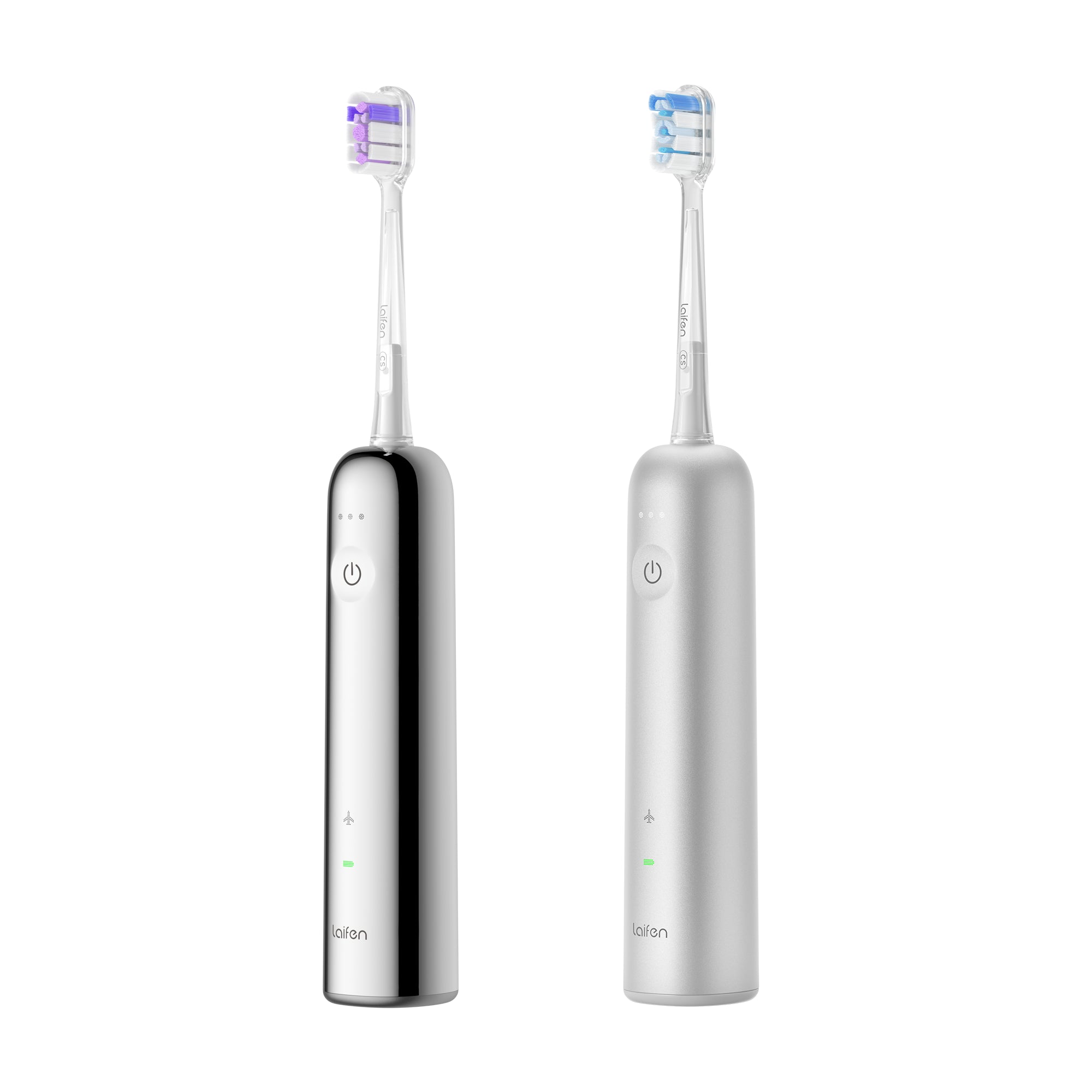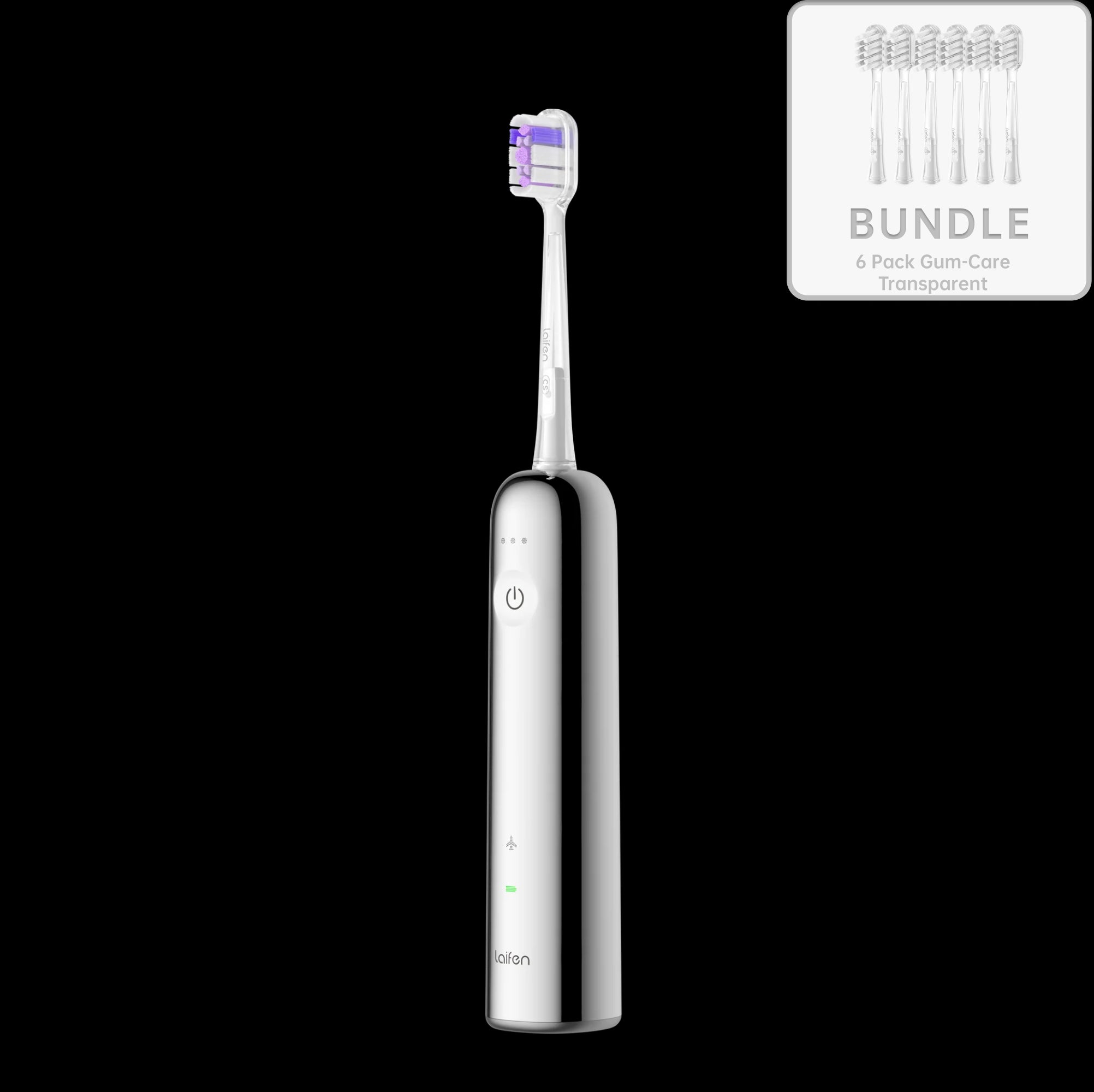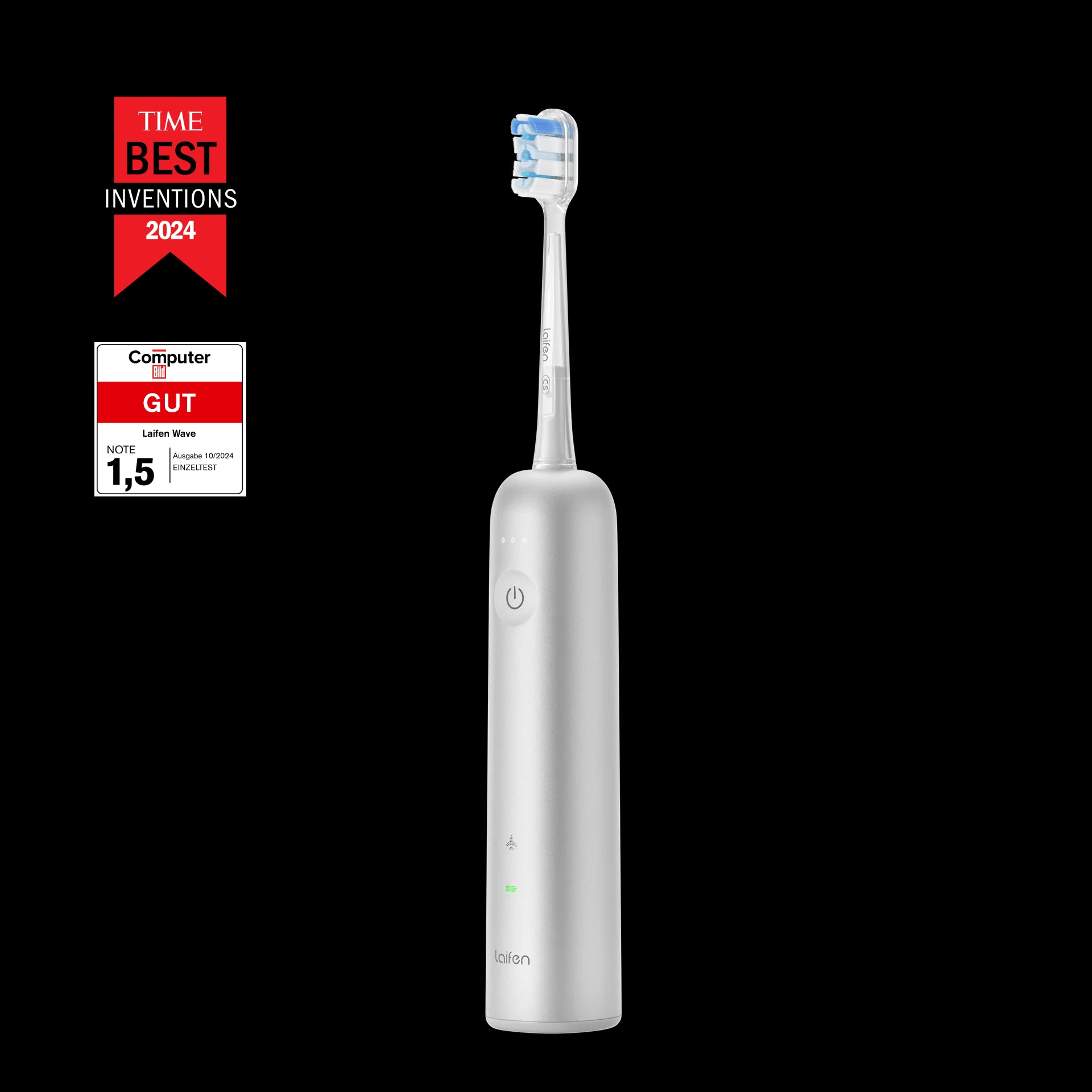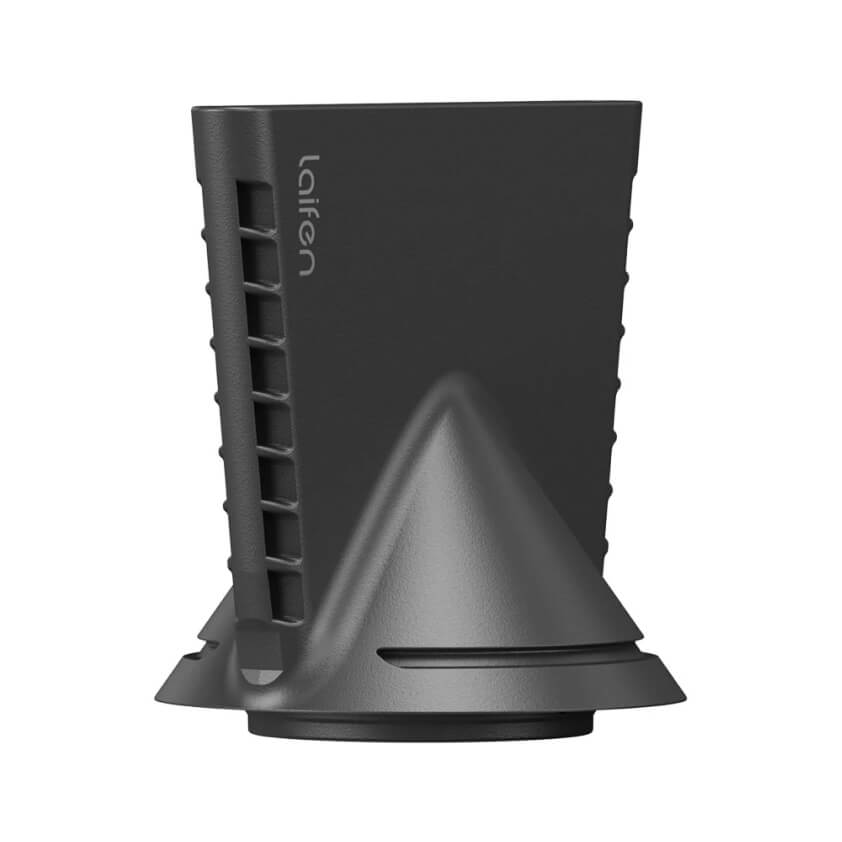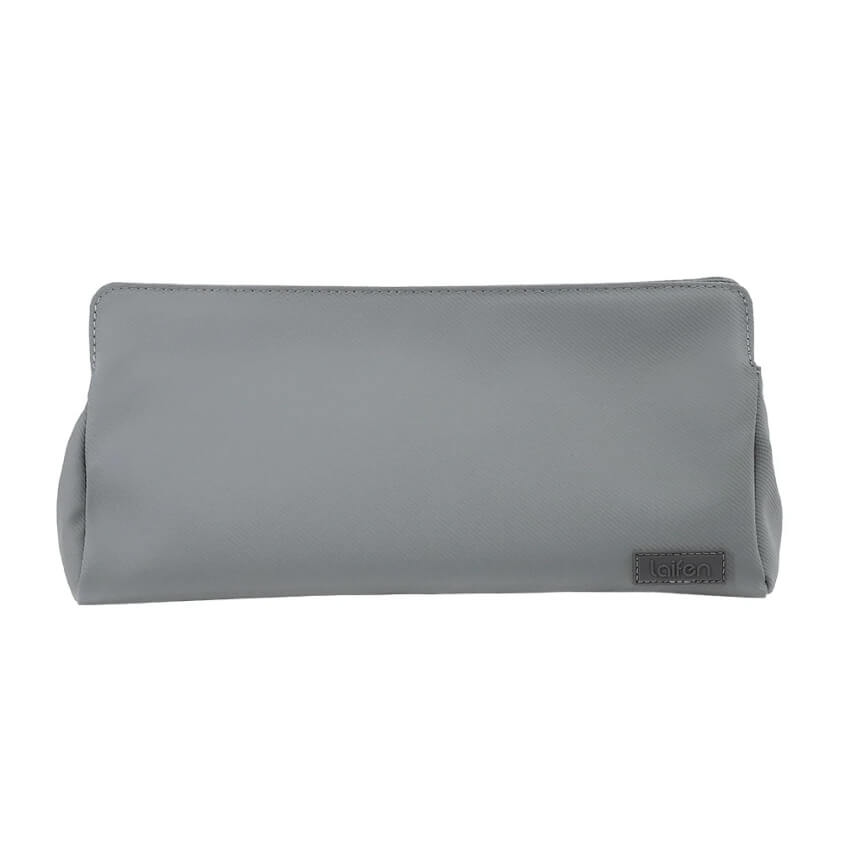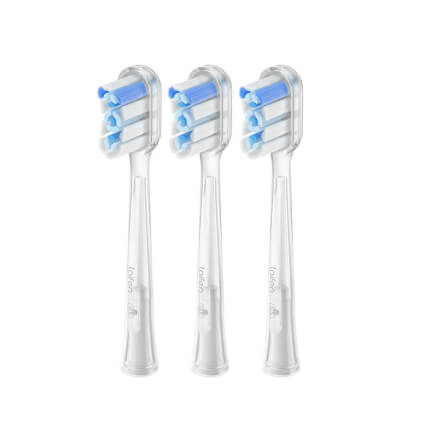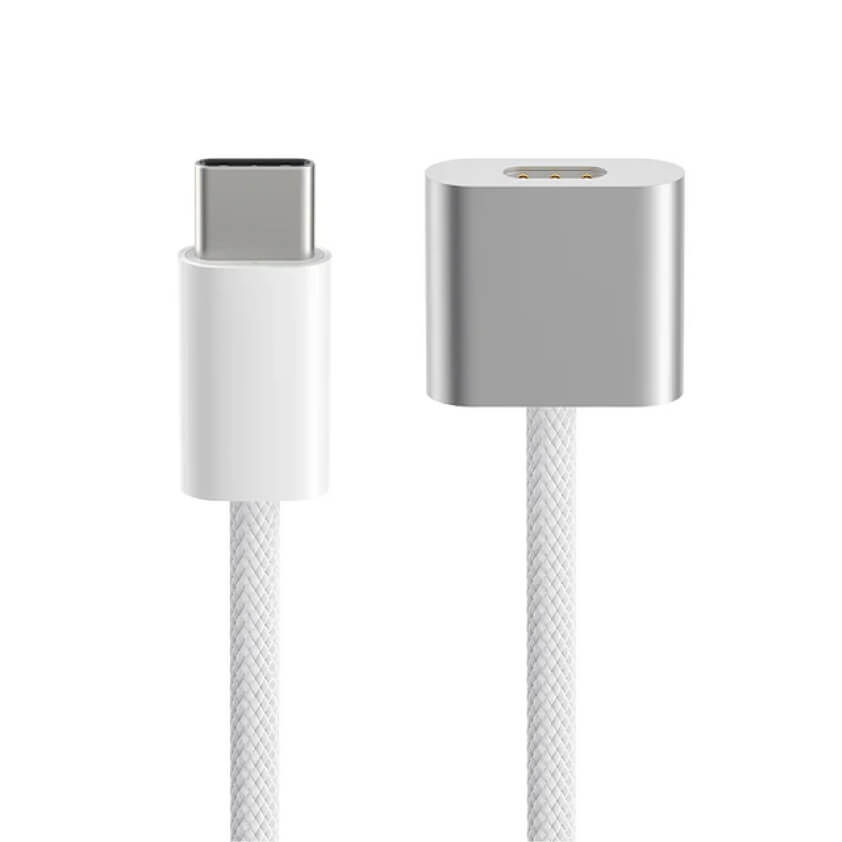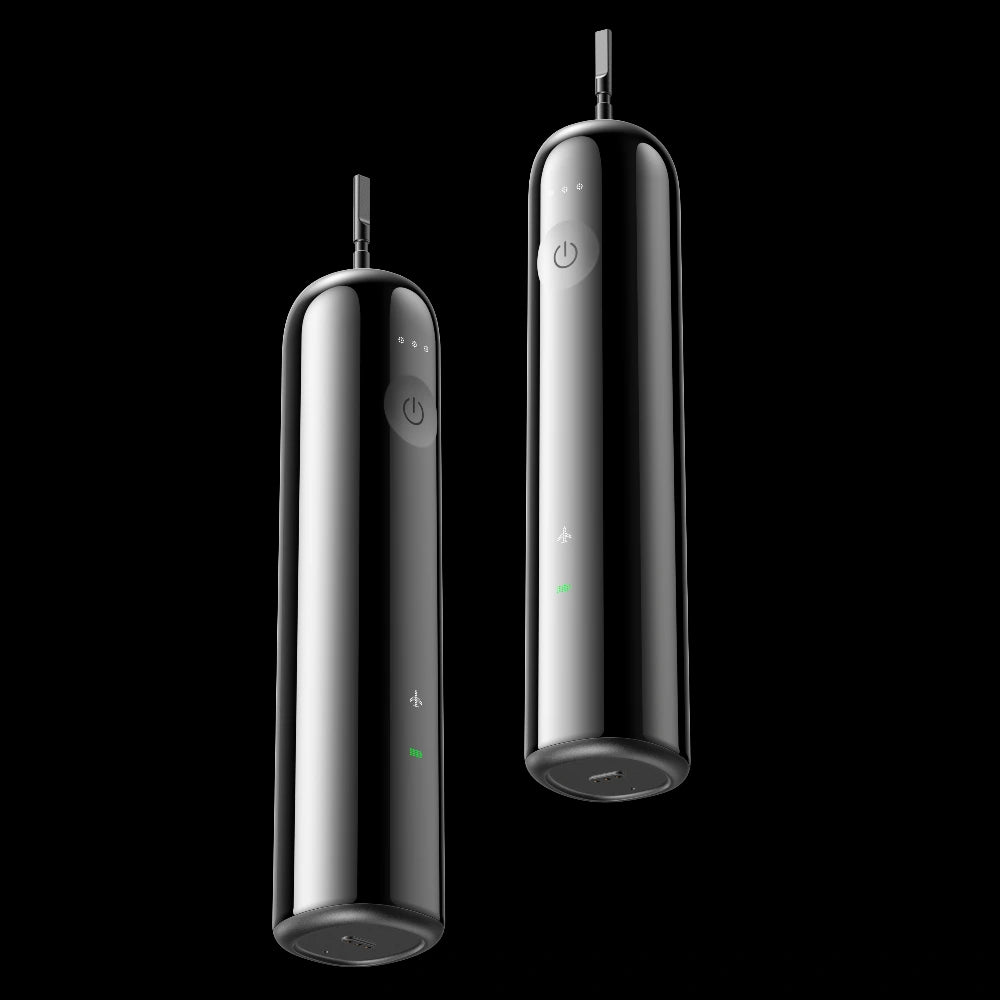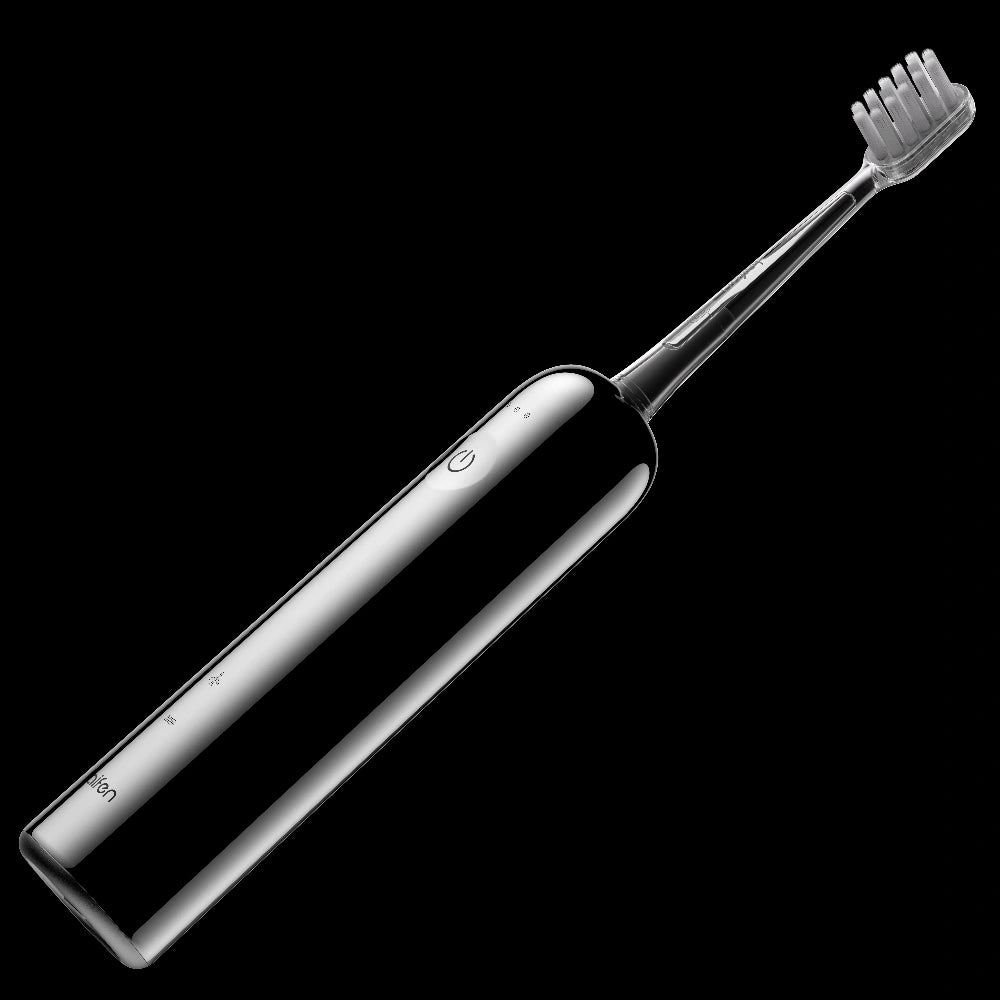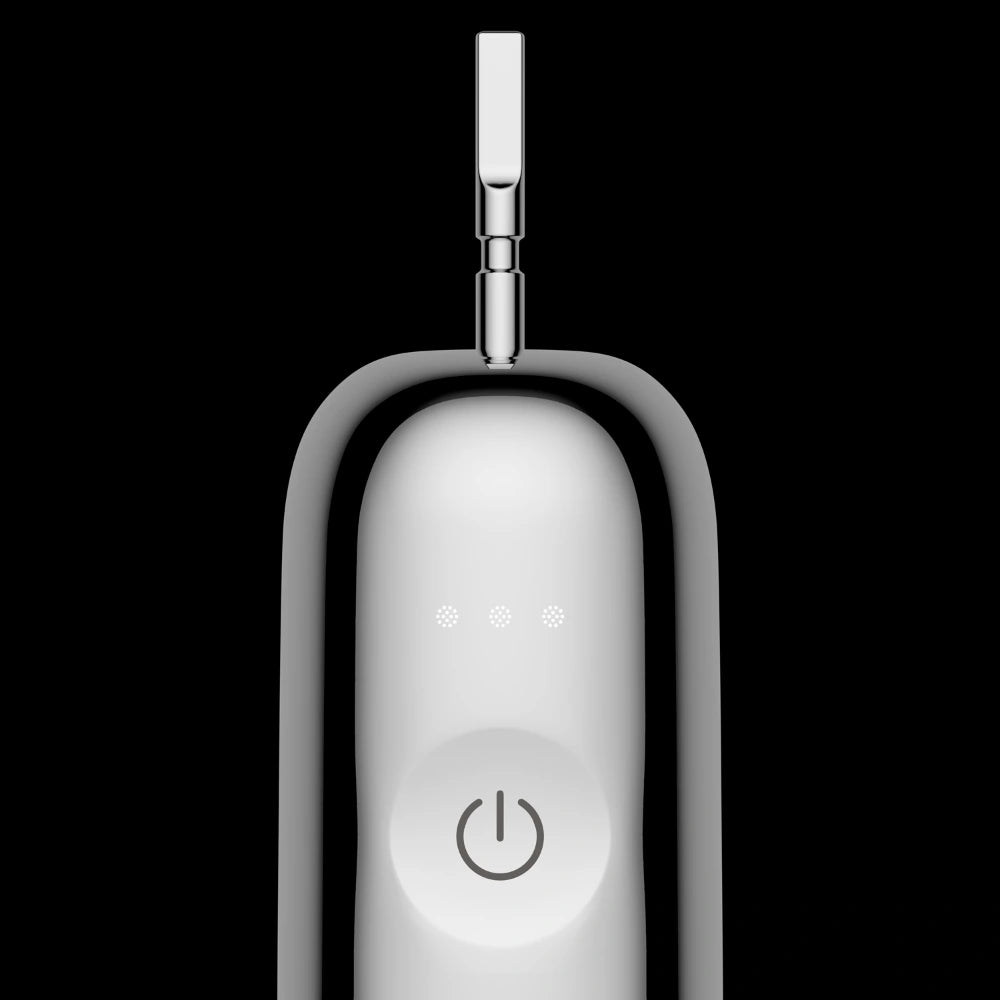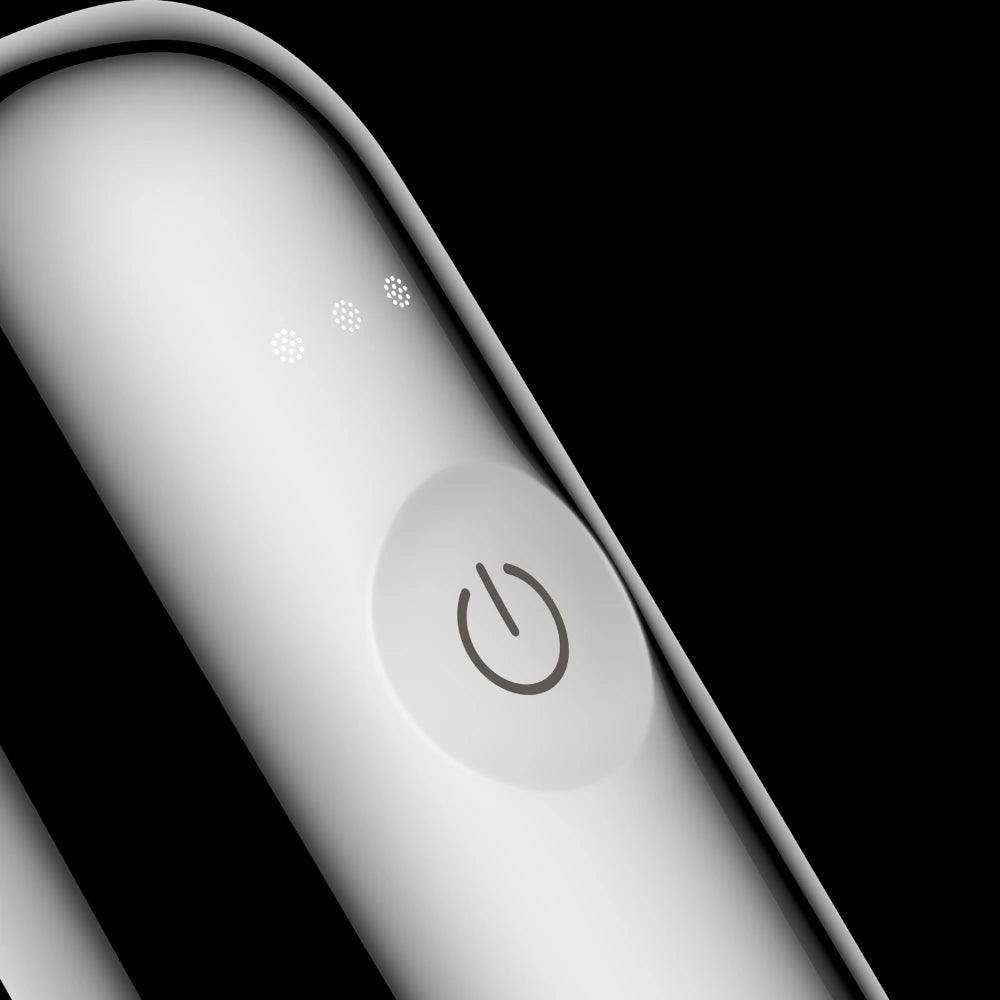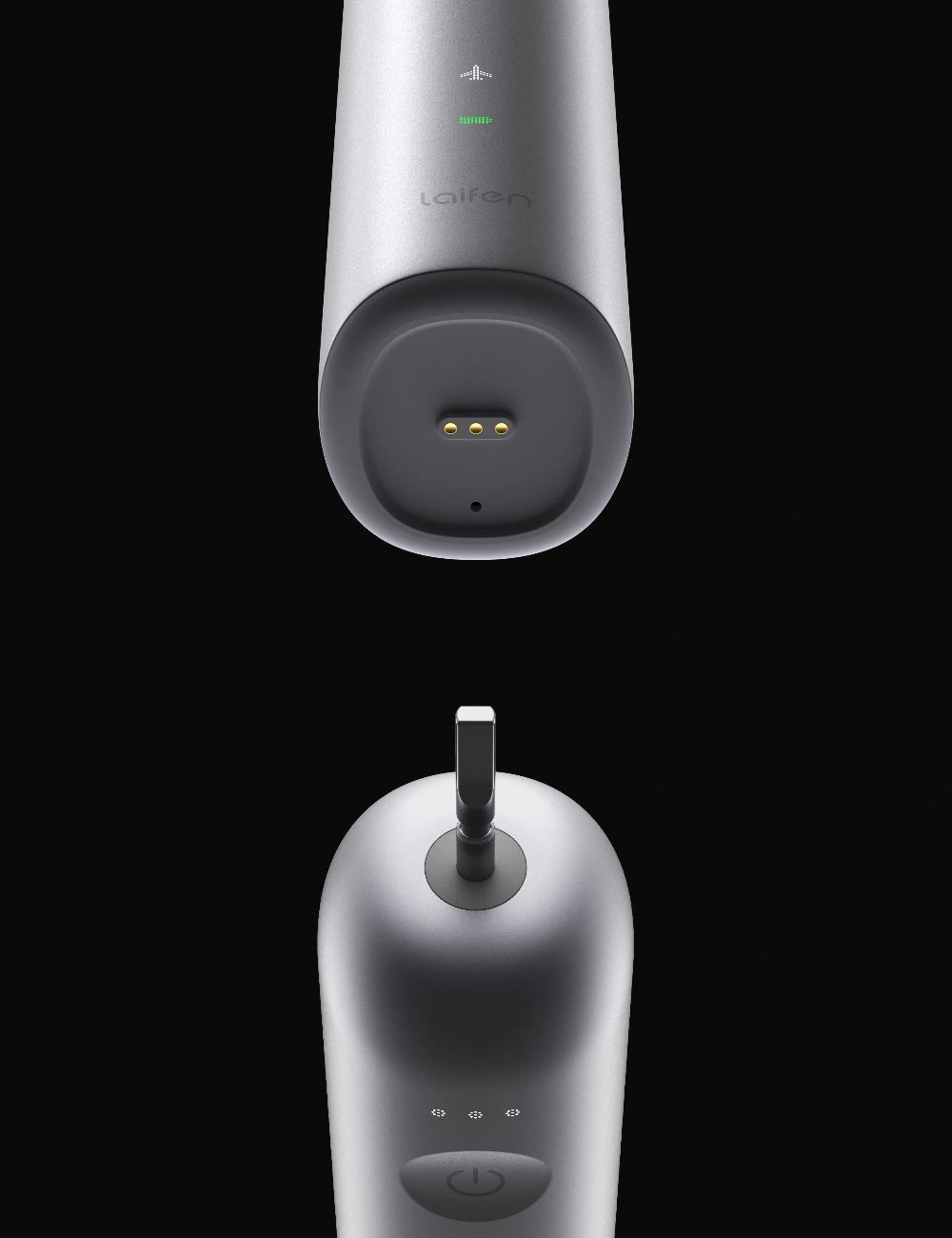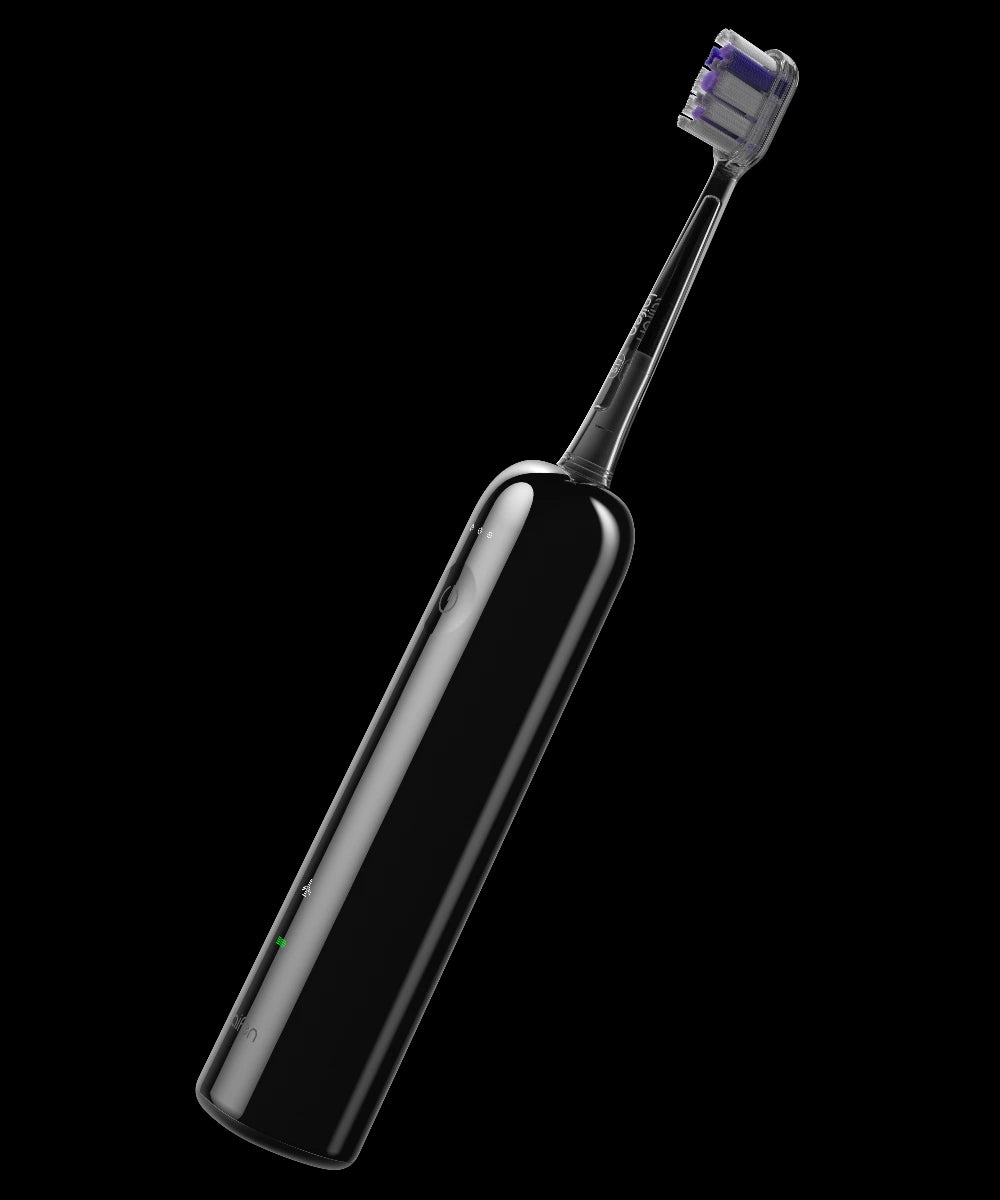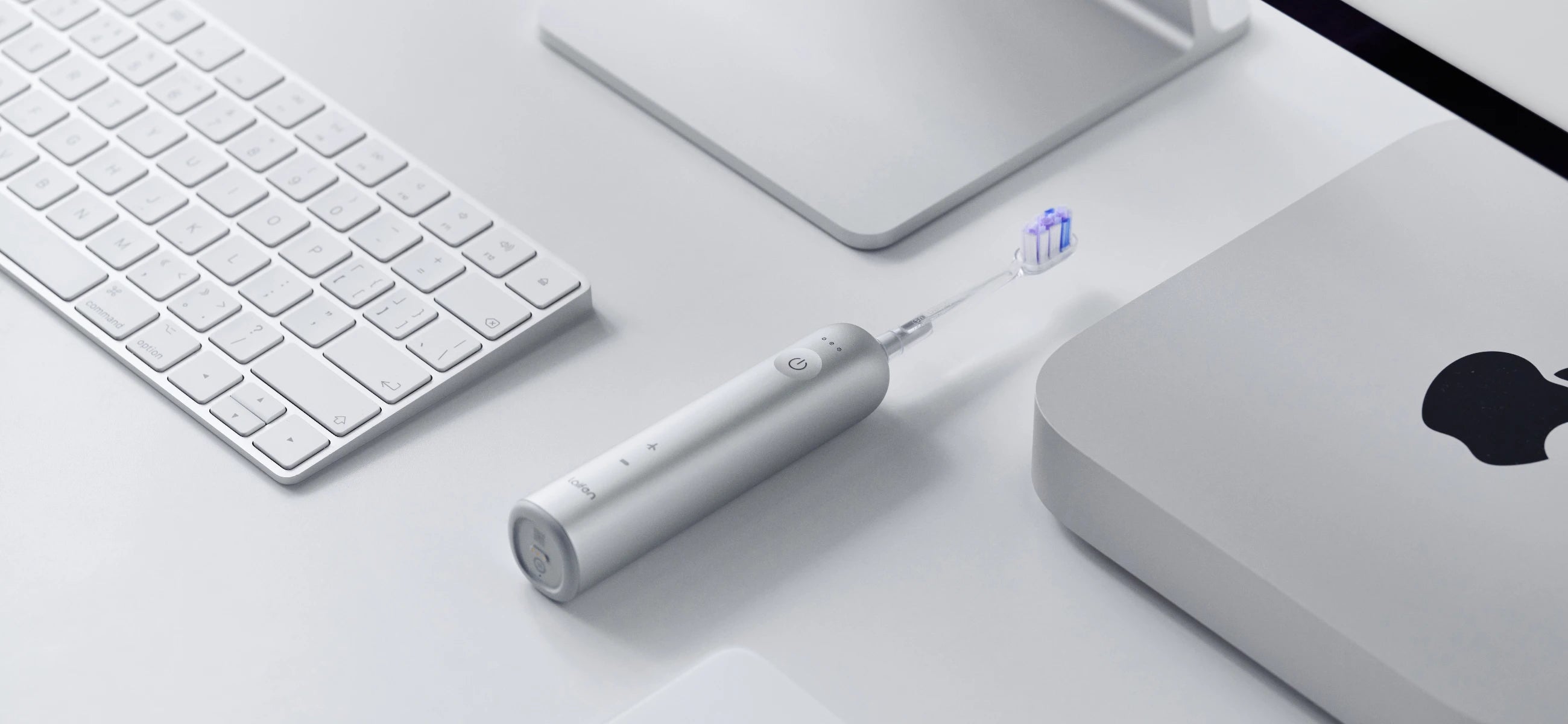
In this article
The invention of the toothbrush dates back thousands of years, with ancient civilizations employing various methods to keep their chompers clean. Early tooth-cleaning tools ranged from chew sticks made of twigs to animal hair bristles tied to bamboo or bone handles.
However, the modern toothbrush as we know it didn't make its debut until the late 18th century. The first mass-produced toothbrush was crafted by William Addis in 1780, who reportedly used a bone handle and boar bristles. This humble invention revolutionized oral hygiene practices and paved the way for the electric toothbrush we use today. Imagine scrubbing those pearly whites with twigs—thank goodness for modern dental marvels! Let's see the toothbrush development timetable first.
The timetable of the history of toothbrush
Ancient times
Pre-3000 BCE: Ancient civilizations used various methods to clean their teeth, such as chewing sticks made from twigs or frayed ends, and using abrasive substances like crushed shells or sand.
Early modern period
Late 15th century: The Chinese are credited with inventing the first toothbrush, crafted from bamboo or animal bones with bristles made from boar hair.
17th century: Toothbrushes began appearing in Europe, initially made with handles of ivory, bone, or wood and bristles from horsehair.
Industrial Revolution Era:
1780: William Addis invents the first mass-produced toothbrush in England, using a handle made from cattle bone and boar bristles.
Modern Times:
1939: The first nylon toothbrush bristles are introduced by DuPont, replacing natural bristles.
1960s: The electric toothbrush becomes commercially available, offering a more efficient way to clean teeth.
Present:
Continued innovations in toothbrush design, materials, and technology, including smart toothbrushes with Bluetooth connectivity and pressure sensors, further enhance oral hygiene practices.
When was the first toothbrush invented?
The first toothbrush as we recognize it today was invented in the late 18th century. It is attributed to William Addis, an English entrepreneur, who crafted the prototype in 1780. Addis reportedly came up with the idea while in prison, using a bone handle and bristles made from boar hair.
Upon his release, he started mass-producing the toothbrushes, laying the foundation for the modern toothbrush industry. This invention marked a significant advancement in oral hygiene practices and revolutionized the way people cleaned their teeth.
What did people use before toothbrushes?
Before the invention of toothbrushes, people used a variety of methods to clean their teeth and maintain oral hygiene. Some common practices included:
Chewing sticks
Various cultures across the world used twigs or roots with frayed ends as primitive toothbrushes. These chewing sticks were often sourced from plants with natural cleaning properties.
Cloth or gauze
In some ancient societies, people would wrap a piece of cloth or gauze around their fingers and use it to rub their teeth clean. Sometimes, abrasive substances like salt or ash were applied to enhance cleaning.
Chewable abrasives
Certain societies utilized abrasive materials like crushed shells, sand, or even charcoal to scrub their teeth and remove plaque and debris.
Finger brushing
Individuals would use their fingers to manually scrub their teeth, often applying substances like baking soda or salt for added cleaning power.
Differences between past and now of toothbrush
|
Aspect |
Past |
Now |
|
Materials |
Bone, wood, or bamboo handles; animal hair or bristles |
Plastic or biodegradable handles; nylon or silicone bristles |
|
Bristle source |
Animal hair (e.g., boar, horse) |
Synthetic materials (e.g., nylon, silicone) |
|
Manufacturing process |
Handcrafted with rudimentary tools |
Mass-produced with advanced technology |
|
Availability |
Limited availability; handmade or locally sourced |
Widely available in stores and online |
|
Cleaning effectiveness |
Limited cleaning power; less efficient at plaque removal |
Enhanced cleaning efficiency; better plaque removal and gum care |
|
Cost |
Expensive due to labor-intensive production |
Affordable due to mass production |
|
Durability |
Less durable; bristles prone to wear and deformation |
More durable; longer lifespan |
|
Hygiene |
Limited hygiene; difficult to sanitize between uses |
Improved hygiene; easier to clean and sanitize |
|
Innovation |
Limited innovation; basic design and functionality |
Constant innovation; introduction of features like timers, pressure sensors, and app connectivity |
|
Awareness |
Limited awareness of dental hygiene practices |
Increased awareness; emphasis on oral health education and preventive care |
When did tooth brushing become common?
The widespread adoption of tooth brushing can be traced back to the 19th century when industrialization and advancements in dental hygiene practices began to take root. During this period, accessibility to toothbrushes significantly increased with the rise of mass production, making them more affordable and available to a broader segment of the population. Alongside this, growing awareness about oral health and the importance of preventative dental care prompted individuals to incorporate tooth brushing into their daily routines.
As technological innovations in toothbrush design and manufacturing emerged, such as the introduction of nylon bristles in the 1930s, toothbrushes became more effective and comfortable to use. These advancements further fueled the popularity of tooth brushing, solidifying its status as a common practice for maintaining oral hygiene. Today, tooth brushing is universally recognized as a fundamental aspect of dental care, ingrained in daily routines worldwide as a cornerstone of overall health and well-being.
How did people brush their teeth in the 1800s?
In the 1800s, tooth brushing was a vastly different practice compared to today's modern methods. Toothbrushes as we know them today were not yet commonplace. Instead, people often utilized more rudimentary tools and materials to clean their teeth.
One common method involved using a chewing stick or twig with frayed ends, which acted as a primitive toothbrush. These sticks were typically sourced from trees or plants with natural cleaning properties.
Some individuals used cloth or gauze wrapped around their fingers to manually scrub their teeth, often applying abrasive substances like salt or ash for added cleaning power. While these methods may have provided some level of cleaning, they were not as effective or hygienic as modern toothbrushes and dental care practices.
Who invented the toothbrush and why?
Toothbrush shows our civilization. In the quirky saga of human civilization, the toothbrush stands as a stalwart symbol of our progress. From chewing sticks to high-tech oscillating marvels like the Laifen Wave, our journey through dental hygiene history is a tale worth exploring.
So next time you wield your trusty toothbrush, take a moment to appreciate its humble beginnings and the remarkable advancements that have led us to this sparkling moment of oral hygiene enlightenment. After all, a clean smile is a beacon of our civilized ways!


